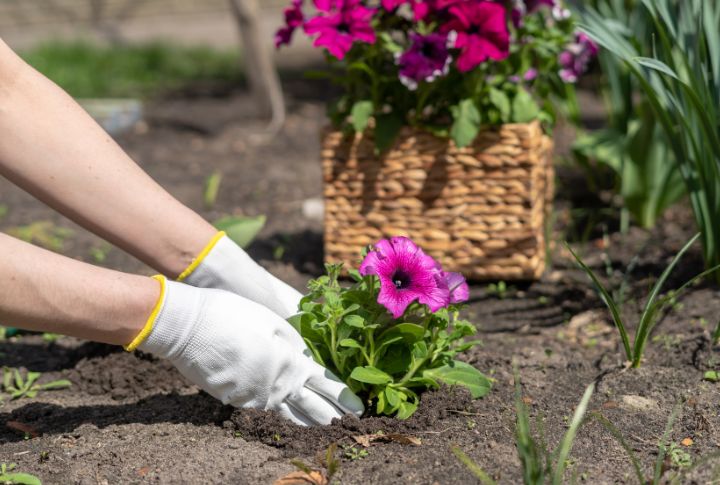
Nature showers us with a plethora of mesmerizing plants that dazzle the senses with their beauty and allure. Yet, hidden among these botanical treasures lie the notorious spreading shrubs. They lurk like garden saboteurs with their invasive tendencies, ready to wreak havoc on your cherished green space. Here’s a rundown of 15 botanical miscreants you must skip sowing.
Mimosa
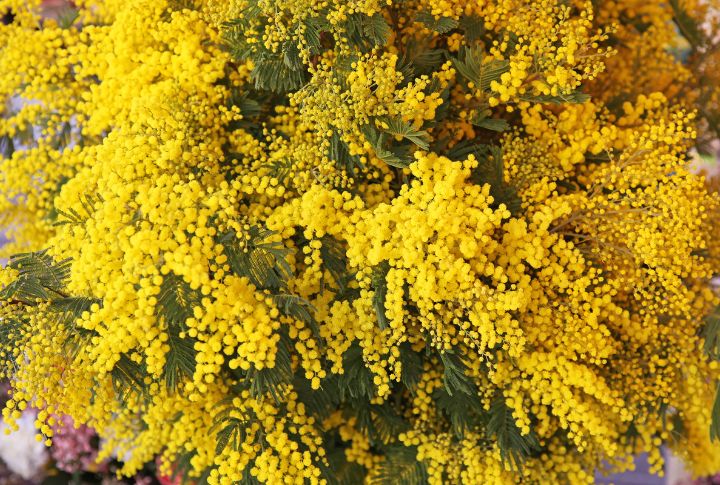
Picture-perfect with its delicate fern-like leaves and fluffy pink flowers, the mimosa tree may seem a whimsical addition to your lawn. Nevertheless, beneath its charming facade lies a relentless spreader, capable of overtaking entire landscapes with its rapid growth and invasive root system.
Bamboo
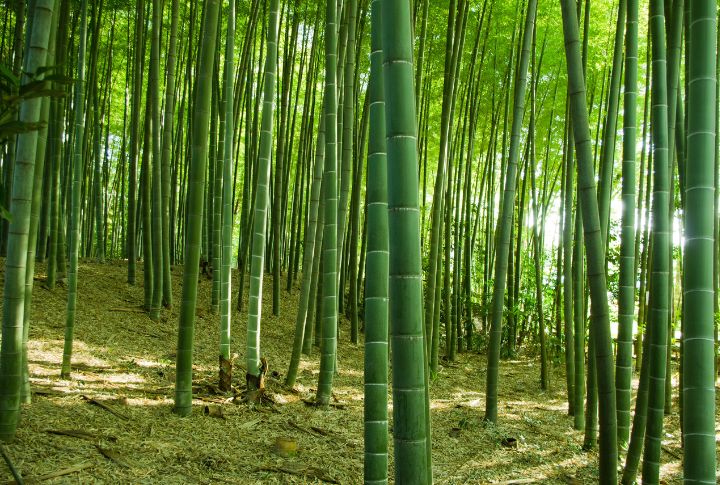
Bamboo is revered for its grace and versatility and can rapidly transform from a decorative accent to a garden tyrant. Its underground rhizomes stealthily outspread, forming dense thickets that choke out other plants and disrupt the ecosystem.
Trumpet Vine

With its vibrant orange flowers and hummingbird-attracting allure, the trumpet vine may tempt gardeners with its beauty. Yet, once planted, the vigorous growth and aggressive root system can turn it into a relentless invader, scaling walls and smothering neighboring herbage.
Creeping Charlie
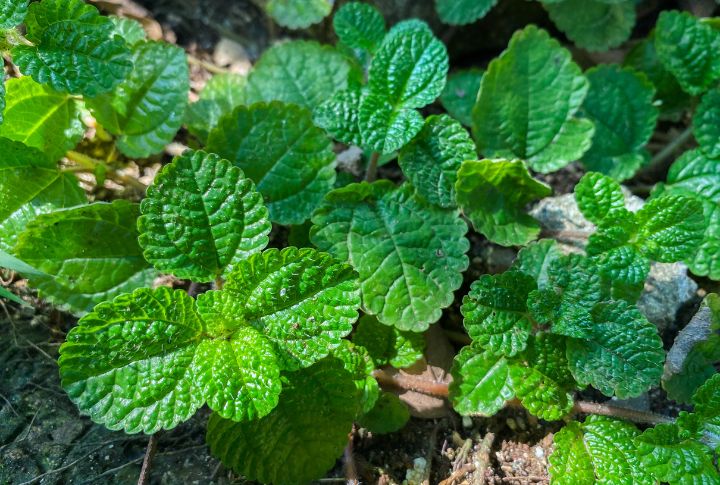
At first glance, Creeping Charlie may seem harmless with its delicately scalloped leaves and dainty violet blooms. However, this groundcover’s relentless spread via seeds and creeping stems can quickly overrun lawn beds, forming impenetrable mats that suffocate biodiversity.
Purple Loosestrife
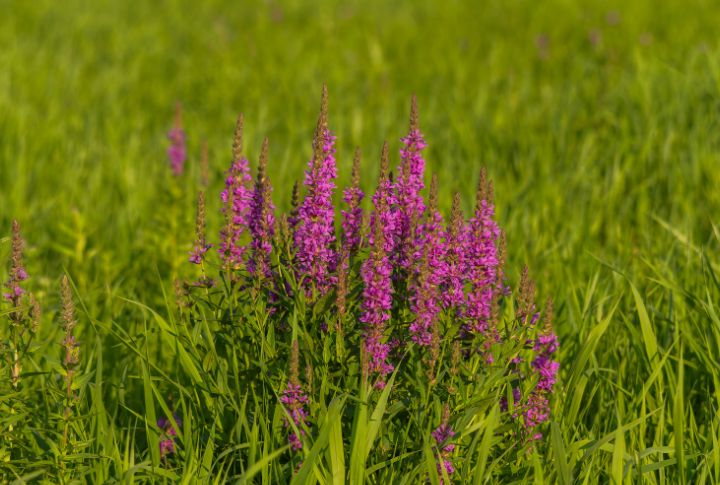
Admired for its striking spikes of purple florets, Purple Loosestrife may appear a welcoming addition to a wetland yard. Sadly, this invasive perennial can soon dominate waterways and displace native wetland flora, disrupting delicate ecosystems.
Peppermint

Peppermint is loved by all for its refreshing scent and culinary uses. The plant may seem harmless when confined to a pot, but once planted in the ground, its fast-spreading rhizomes can conquer garden beds and turn them into a tangled mess of minty mayhem.
English Ivy
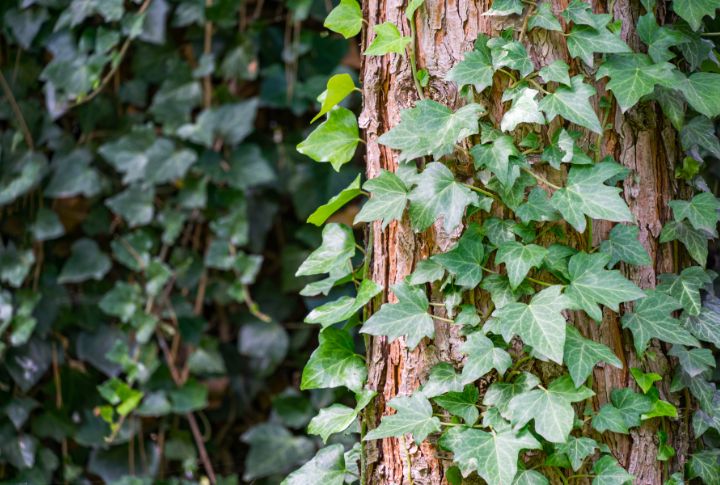
With its glossy foliage and elegant vines, English ivy exudes an old-world charm that beckons many gardeners. Once established, however, it can quickly become a garden nightmare, smothering trees and shrubs and outcompeting local vegetation with its fierce growth habit.
Siberian Squill
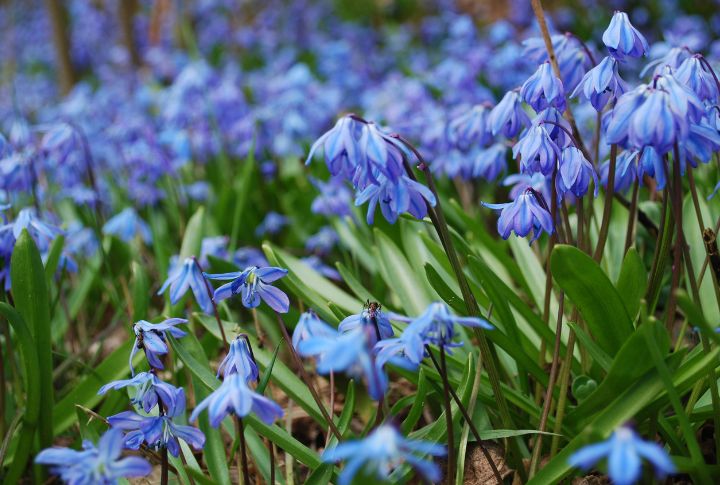
Siberian squill boasts dainty blue blossoms and grass-like foliage and is considered a charming addition to a spring garden. Yet, this bulbous perennial can soon naturalize and spread, forming dense carpets that crowd out native wildflowers and disrupt delicate ecosystems.
Daylily

Gardeners may be lured by the allure and low-maintenance charm of Daylilies, boasting vibrant blooms that promise reliability. Still, beware of certain varieties that harbor a penchant for vigorous outspread. These prolific shrubs rapidly form thick clumps, overpowering neighboring flora and seizing control of precious estate.
Mexican Petunia

Mexican petunia undeniably adds a splash of color to yard borders with its profusion of purple, magenta, or white florets. Yet, this perennial’s prolific self-seeding and rapid spread make it a nightmare to control, often escaping cultivation and invading natural habitats.
Morning Glory
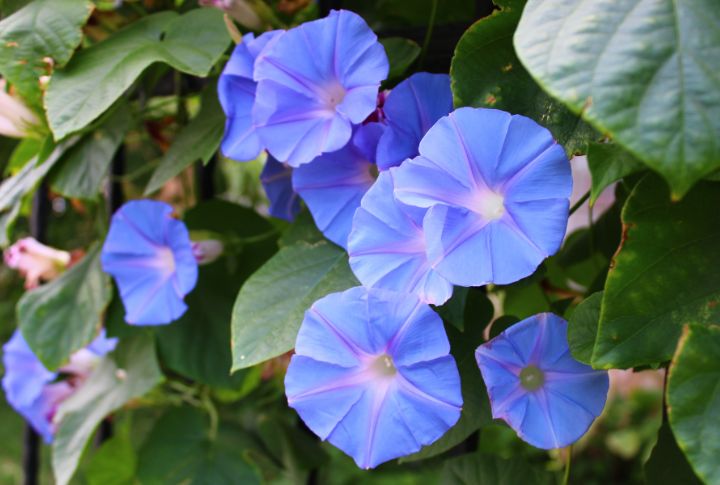
Decked in enchanting trumpet-shaped blossoms spanning blue, lilac, reddish, and white hues, the morning glory is a blissful contender for any outdoor space. Skip sowing it for its rapid expansion and tendency to entwine swiftly into chaos, suffocating surrounding plants. The shrub also encroaches upon structures with its assertive spread.
Rose of Sharon
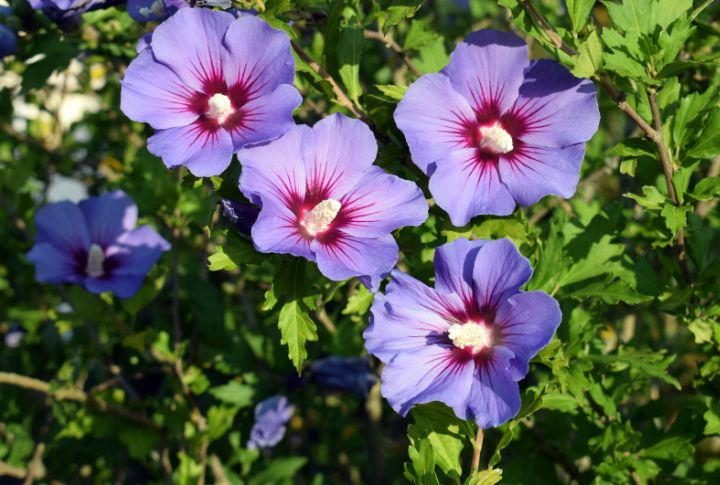
The Rose of Sharon, embellished with its exquisite flowers in pink, mauve, and white hues, may charm us with its beauty. Nevertheless, this deciduous shrub’s fast-paced self-seeding and growth can invariably turn it into a garden bully, crowding other plants and disrupting its balance.
Japanese Knotweed

This sneaky intruder is anything but harmless. With its underground rhizomes spreading like gossip at a tea party, Japanese knotweed creates impenetrable thickets that wreak havoc on infrastructure and turf out our local herbage in no time. So don’t just get carried away by its petite white blossoms!
Dandelion
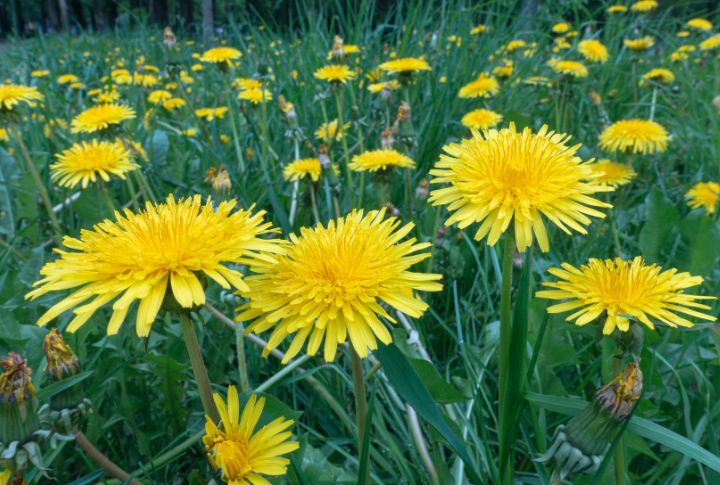
Dandelions are famous for their cheerful yellow flowerets and whimsical seed heads, and they are a familiar sight on many lawns. However, their tenacious taproots and prolific seed production make them formidable foes capable of easily colonizing flower beds and even pavement cracks.
Indian Balsam
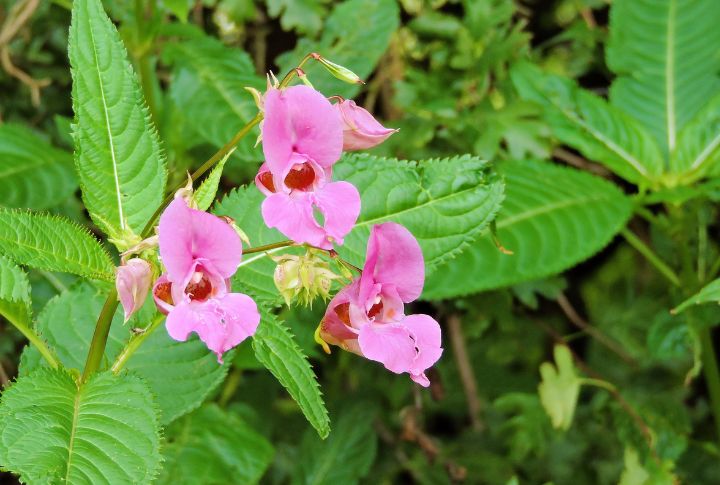
Also known as Himalayan balsam or Impatiens glandulifera, Indian balsam is adored for its showy pink, lavender, or white blooms that add a pop of color to lawn borders. Sadly, this aggressive annual plant spreads rapidly along riverbanks and streams, outcompeting native plants and reducing biodiversity.

Comments
Loading…